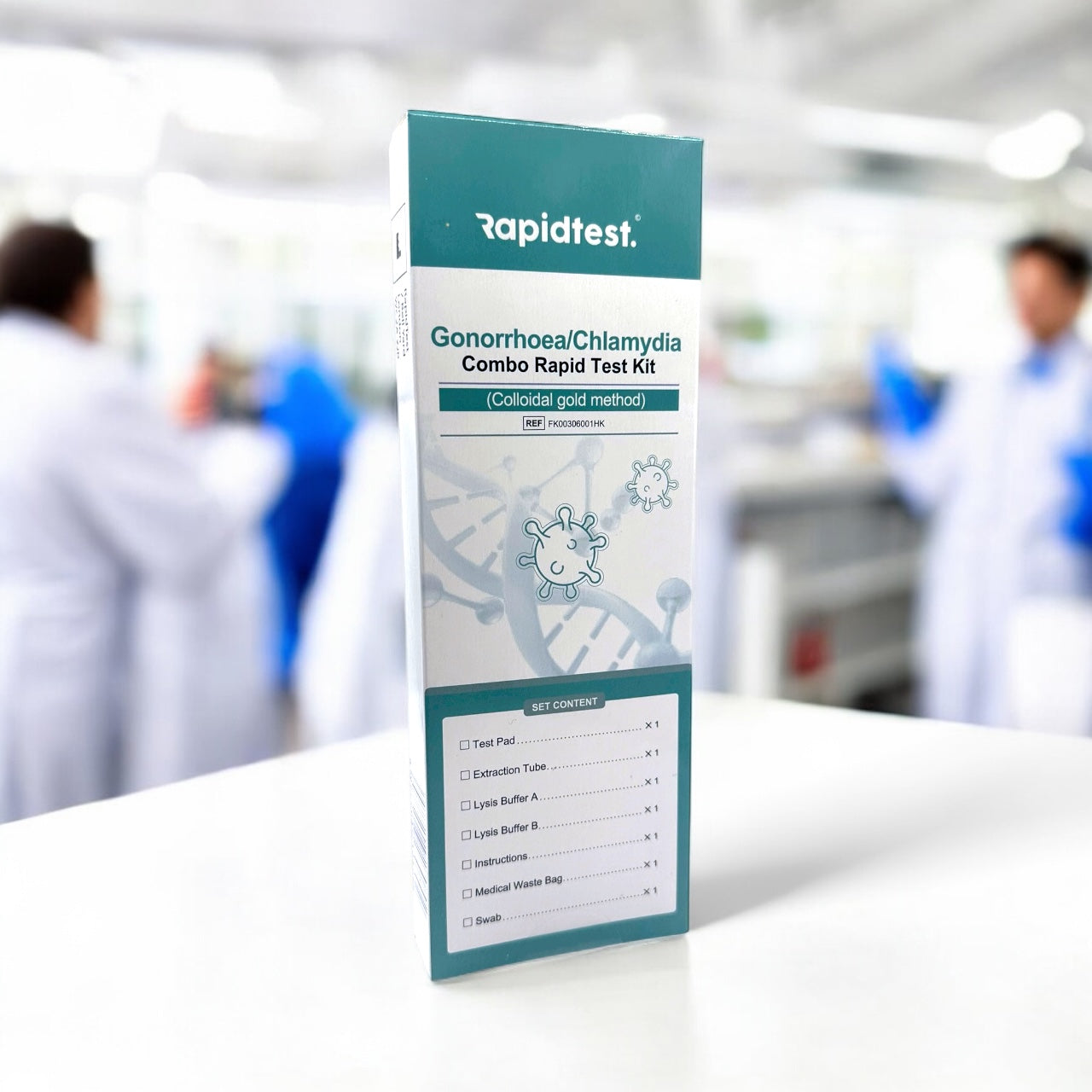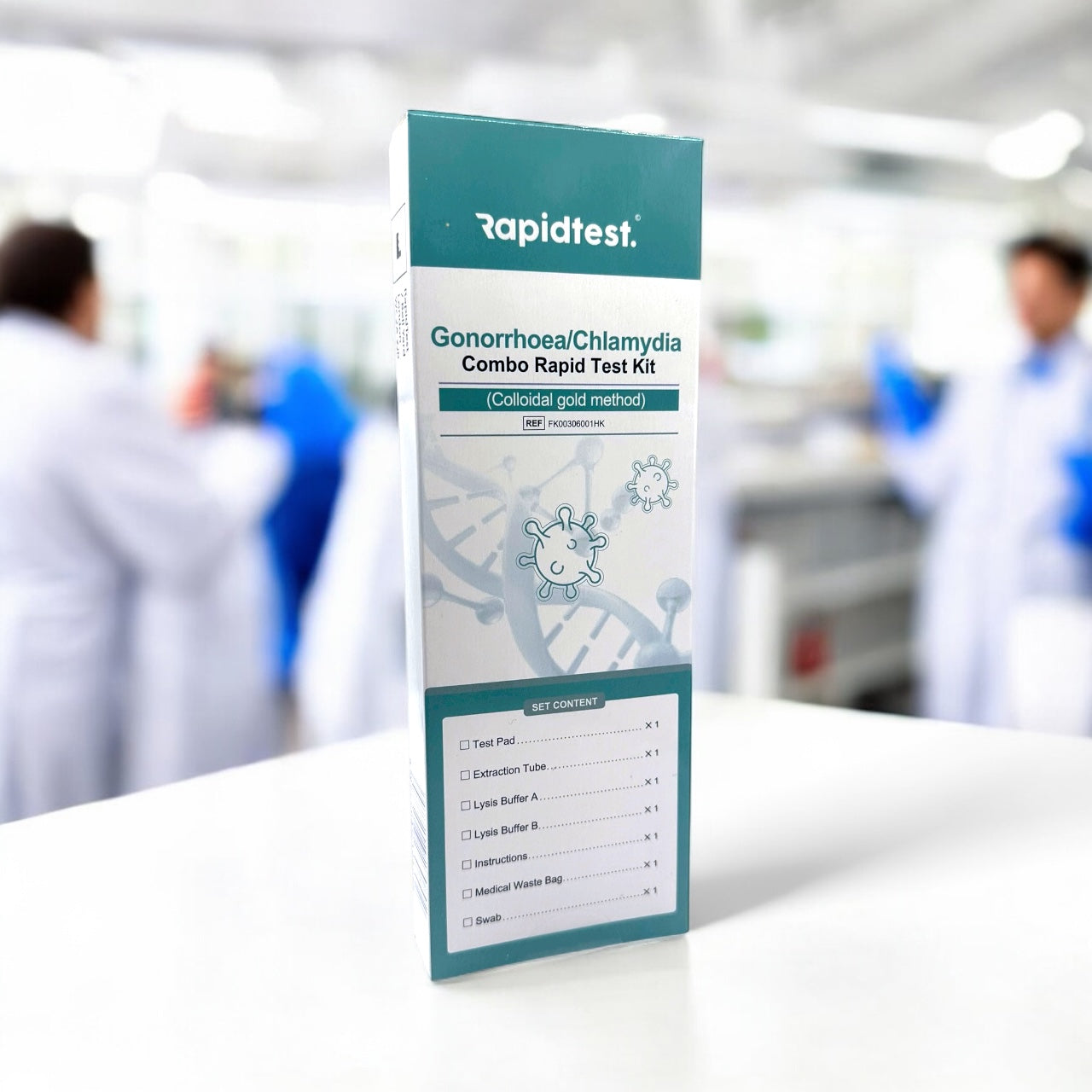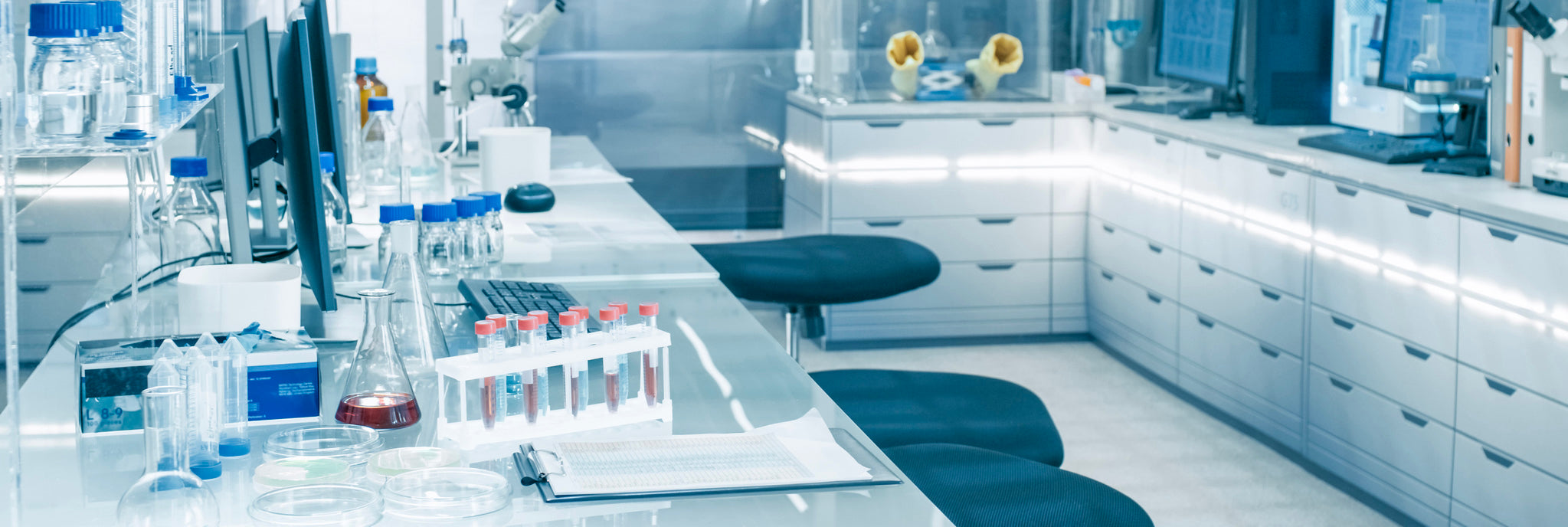
Gonorrhea Rapid Test Kit - At-Home Results in 15 Minutes
Detects Neisseria gonorrhoeae antigens using a simple at-home swab test.CE-marked, accurate, and designed for private self-testing. ✅ 15-minute results ✅ CE-certified & ISO-approved ✅ No lab required ✅ 100% discreet packaging
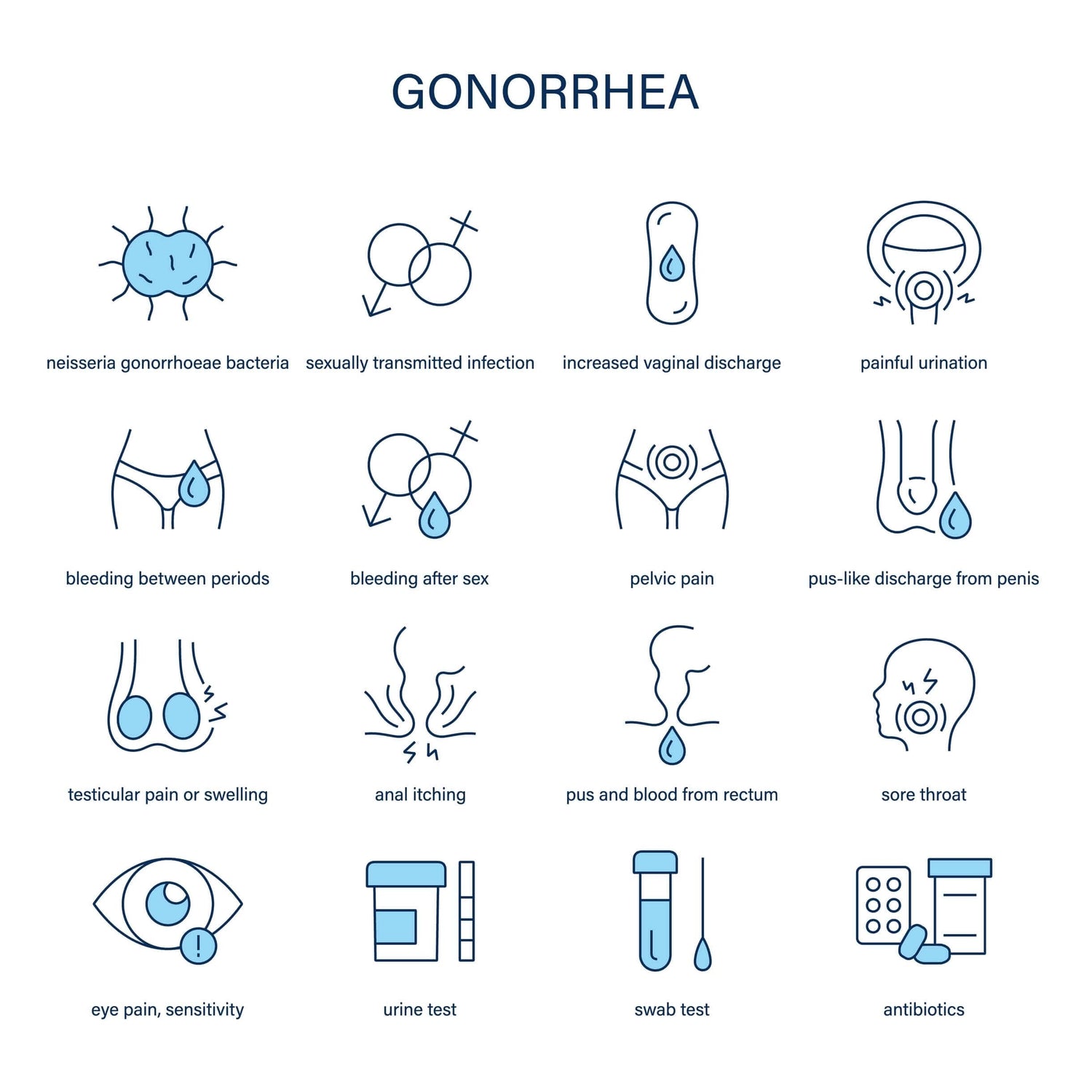
WHAT IS GONORRHOEA?
Gonorrhea is a common sexually transmitted infection (STI) caused by the bacterium Neisseria gonorrhoeae.
It spreads through unprotected vaginal, anal, or oral sex and often causes no obvious symptoms, especially in women.
When left untreated, gonorrhea can lead to serious complications such as infertility, pelvic inflammatory disease (PID), or testicular pain.
That’s why early detection and treatment are essential — and an at-home Gonorrhea Rapid Test lets you check your status quickly and discreetly.
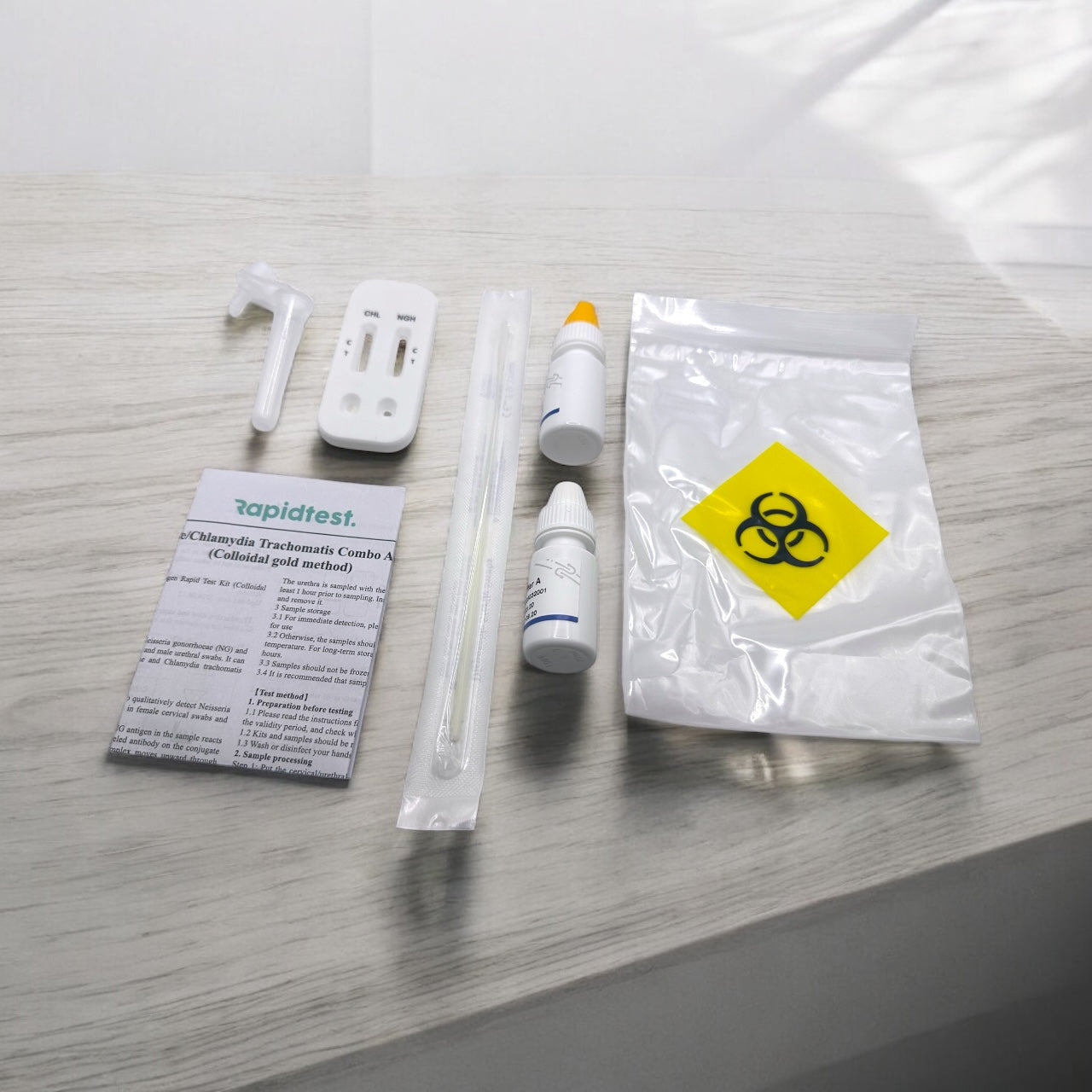
How the Gonorrhea Rapid Test Works
The Gonorrhea Rapid Test detects gonococcal antigens in a swab sample.
It uses the same lateral-flow technology found in professional diagnostic settings, providing results in just 15 minutes.
Step-by-Step:
1️⃣ Collect a sample:
- Men: Insert the sterile swab 2–3 cm into the urethra.
- Women: Use the vaginal swab as directed.
2️⃣ Prepare the solution: Place the swab in the buffer tube and mix.
3️⃣ Add sample: Drop a few drops of the mixture onto the test cassette.
4️⃣ Wait 15 minutes: Read your result.
Results:
- One line at “C” = Negative (no infection detected)
- Two lines (C + T) = Positive (infection detected)
- No line or invalid = Retest with a new kit
Key Takeaways
Order a Gonorrhea Rapid Test Now-
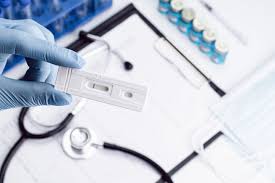
How Accurate Is a Gonorrhea Rapid Test?
How Accurate Are Rapid Tests?RapidTest.co’s Gonorrhea Rapid Tests are CE-marked and manufactured to ISO 13485 standards.
- Accuracy: >99% when used correctly
- Specimen type: Vaginal or urethral swab
- Time to results: 15 minutes
- Certifications: CE, ISO, clinically validated
All kits are sealed, sterile, and approved for self-testing use in the UK & EU.
-

When Should You Take the Test?
How Soon After Exposure Should You Test for Gonorrhea?Gonorrhea can develop within 1–14 days after exposure, though symptoms might not appear for weeks — or at all.
You should test if you:
- Had unprotected sex with a new partner
- Have multiple partners
- Notice unusual discharge or pain when urinating
- Experience genital or pelvic discomfort
- Have been told a partner tested positive
⏱️ Best time to test: 2 weeks after potential exposure
🔁 Retest: 3 months later if sexually active with new partners -
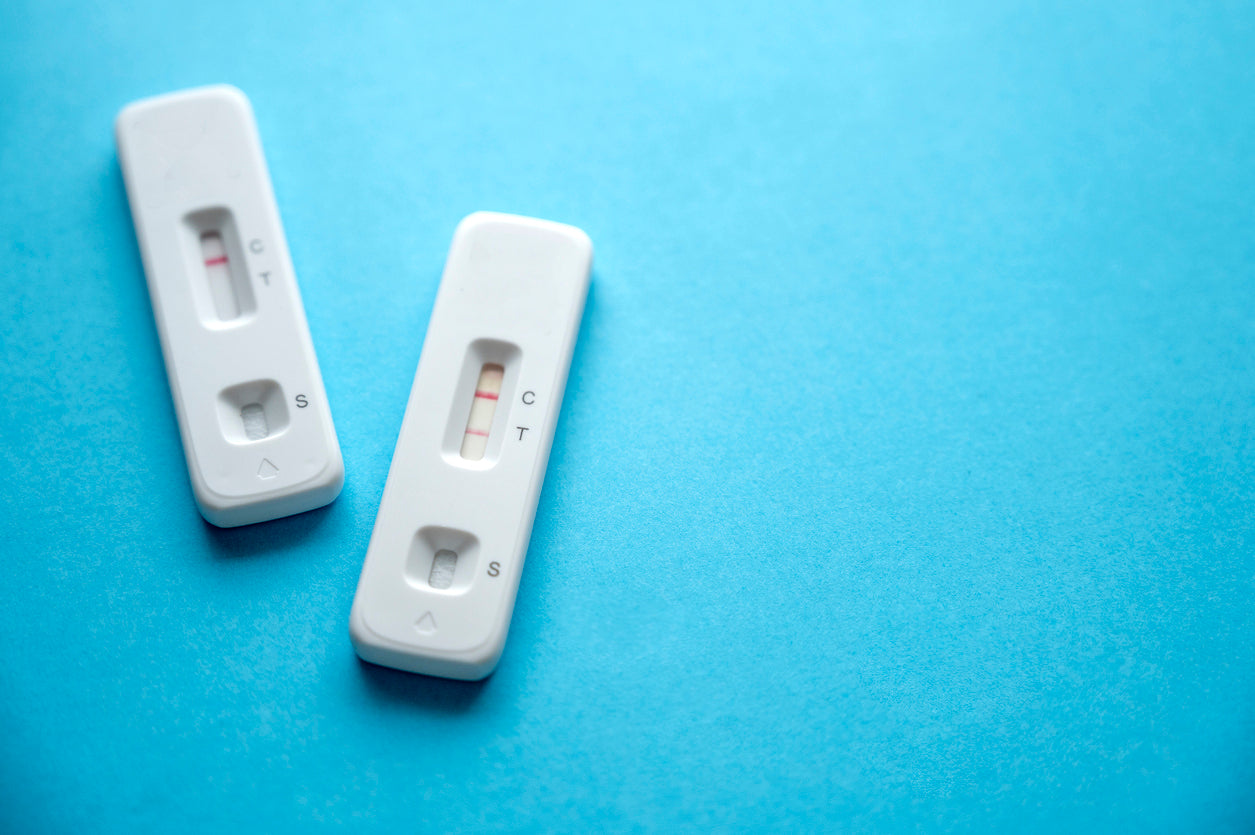
What To Do If You Test Positive?
Comprehensive STI Panel – Test for Multiple InfectionsMany people infected with gonorrhea have no symptoms, but when they do occur, they can differ between men and women:
In Men:
- Burning or pain when urinating
- White, yellow, or green discharge from the penis
- Swelling or pain in one testicle
- Sore throat after oral sex
In Women:
- Unusual vaginal discharge (yellow or green)
- Pain or burning when urinating
- Lower abdominal or pelvic pain
- Bleeding between periods or after sex
Even if symptoms fade, the infection can persist — which is why testing is vital.
RapidTest
At-Home Chlamydia & Gonorrhoea Combo Test Kit – Dual Detection in 15 Minutes
Share
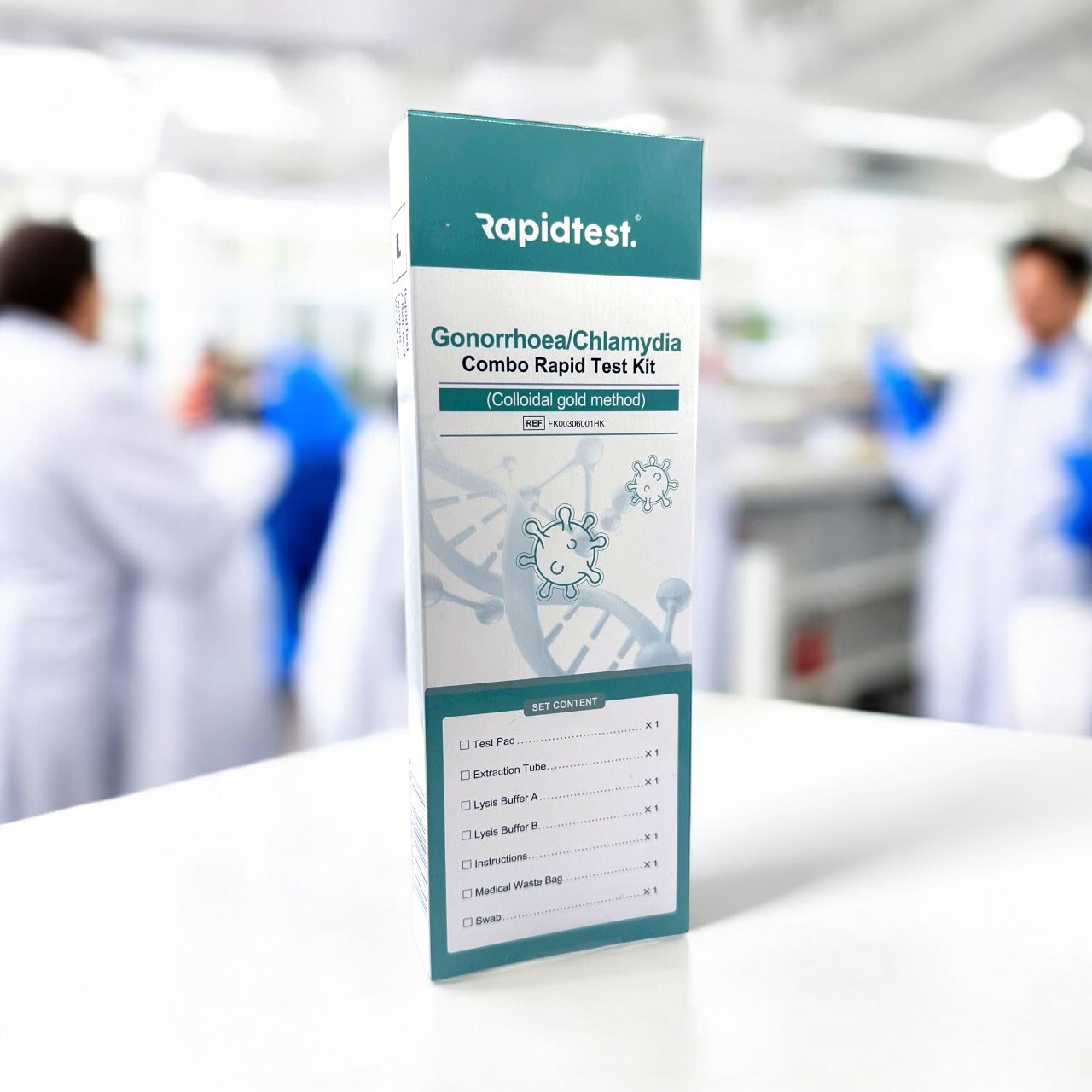
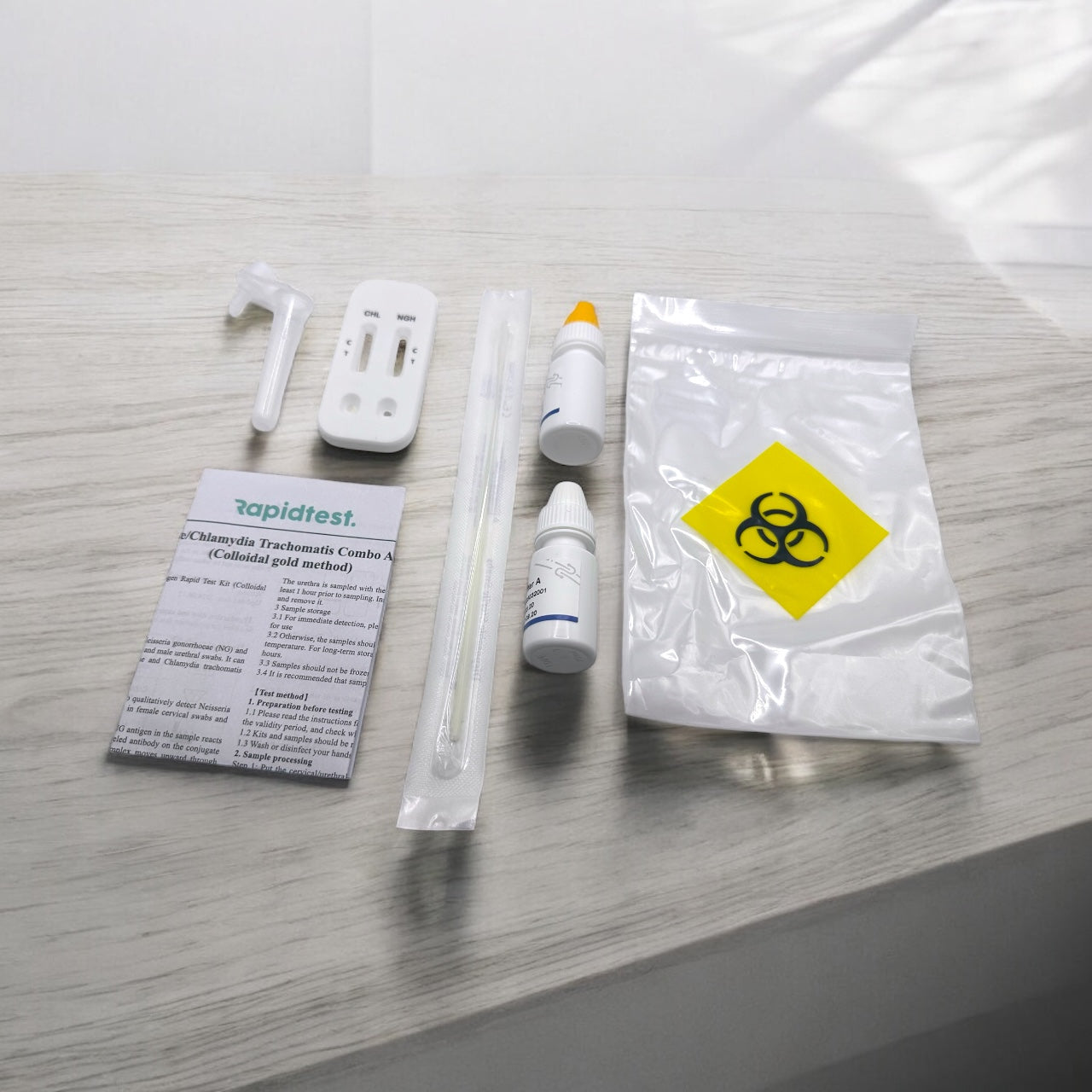
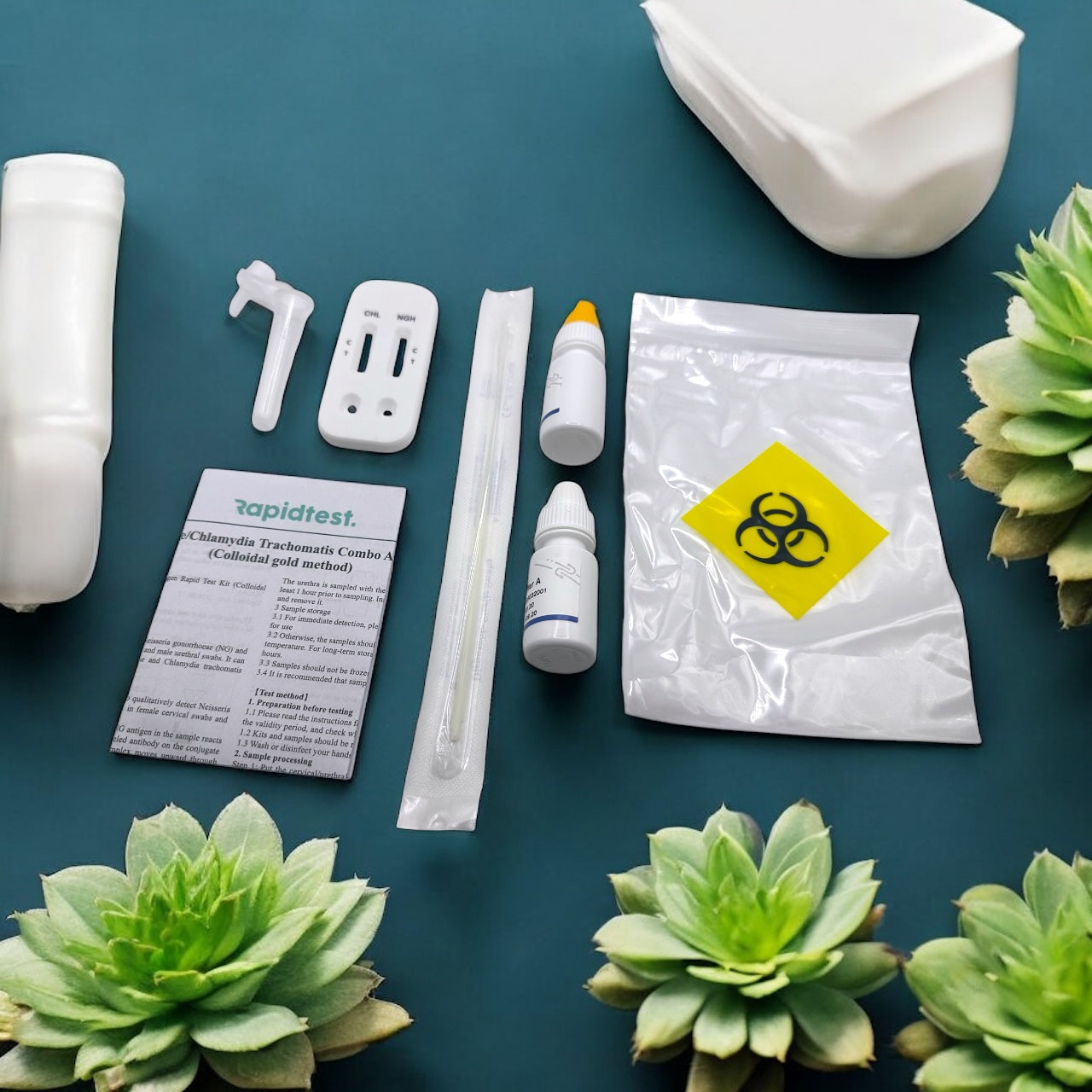
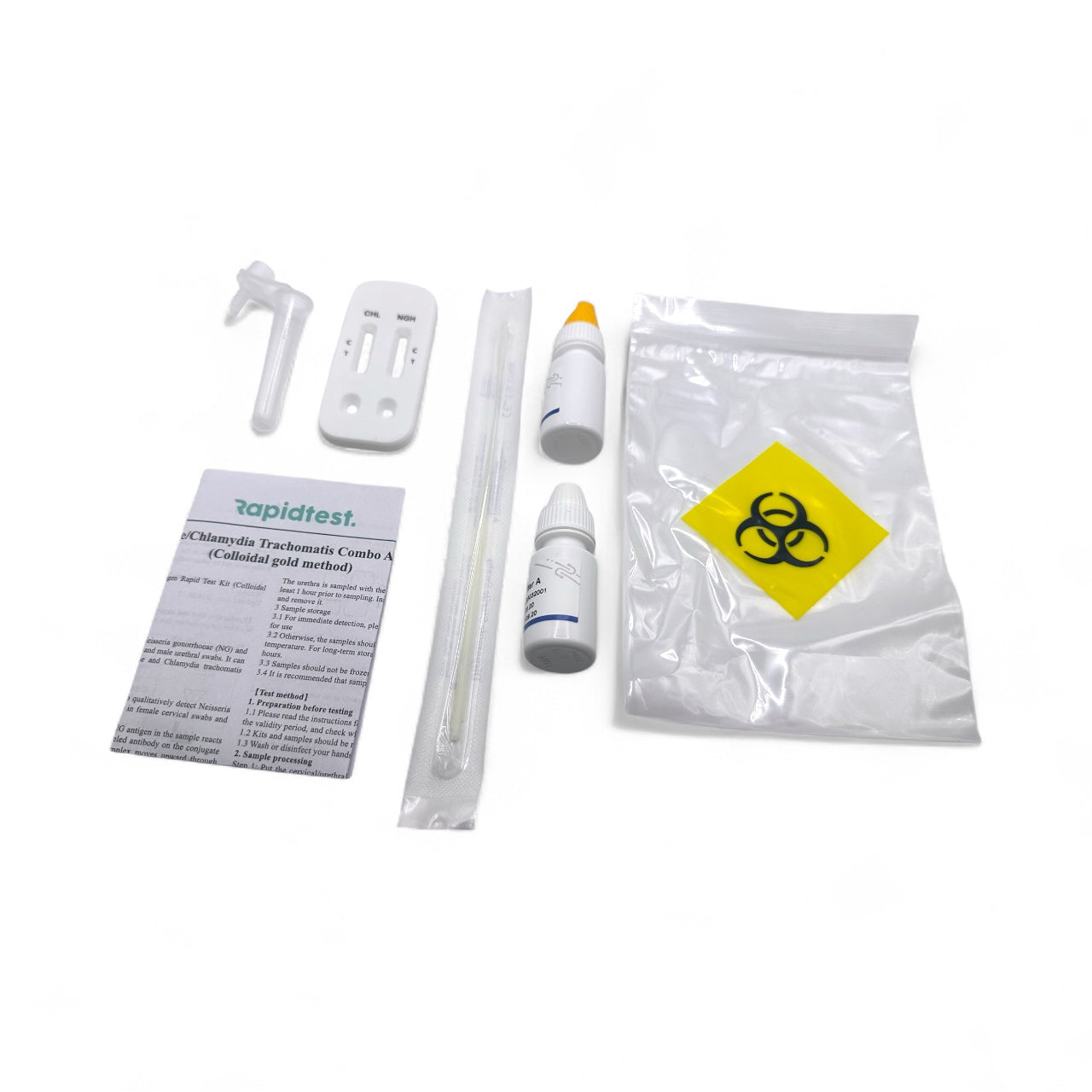

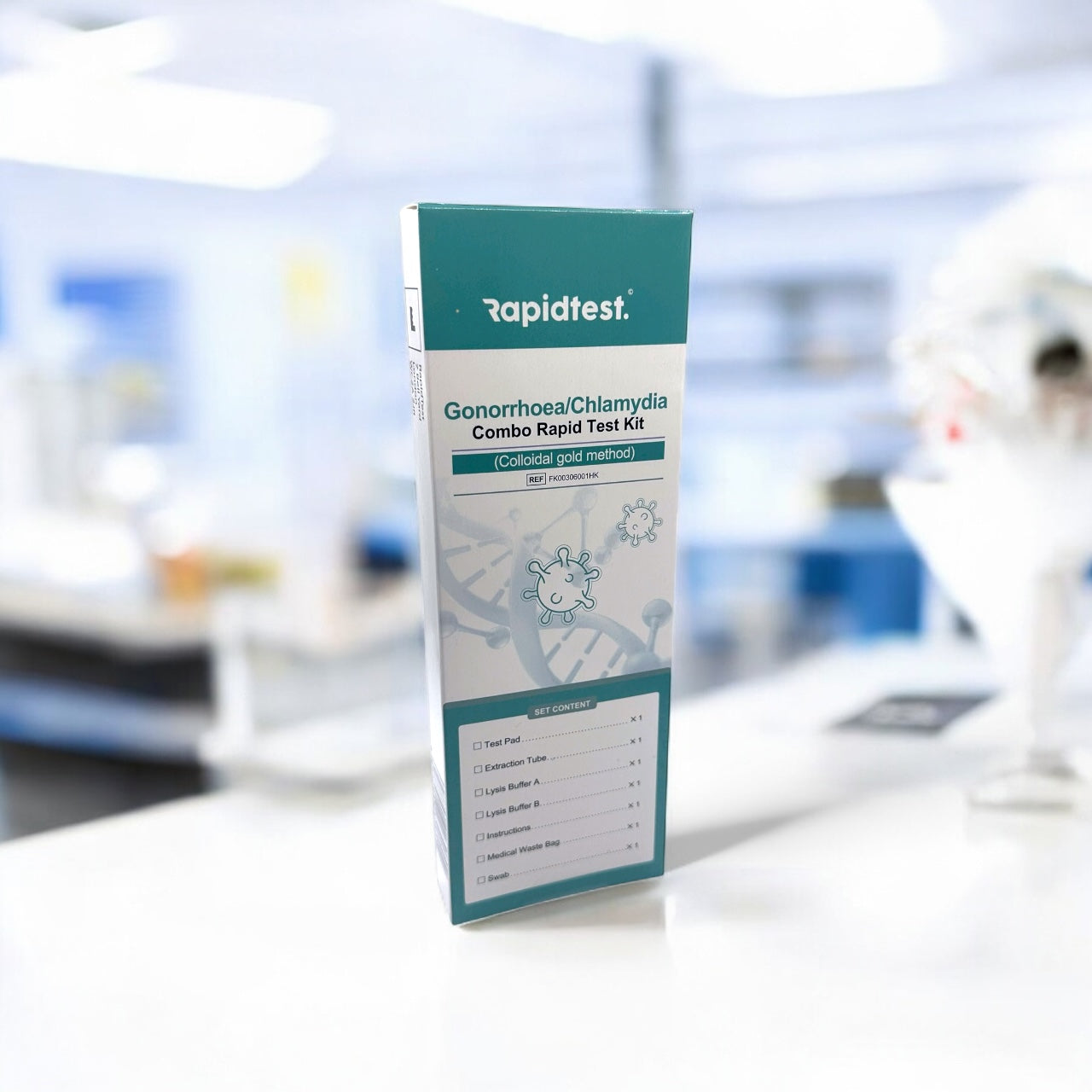

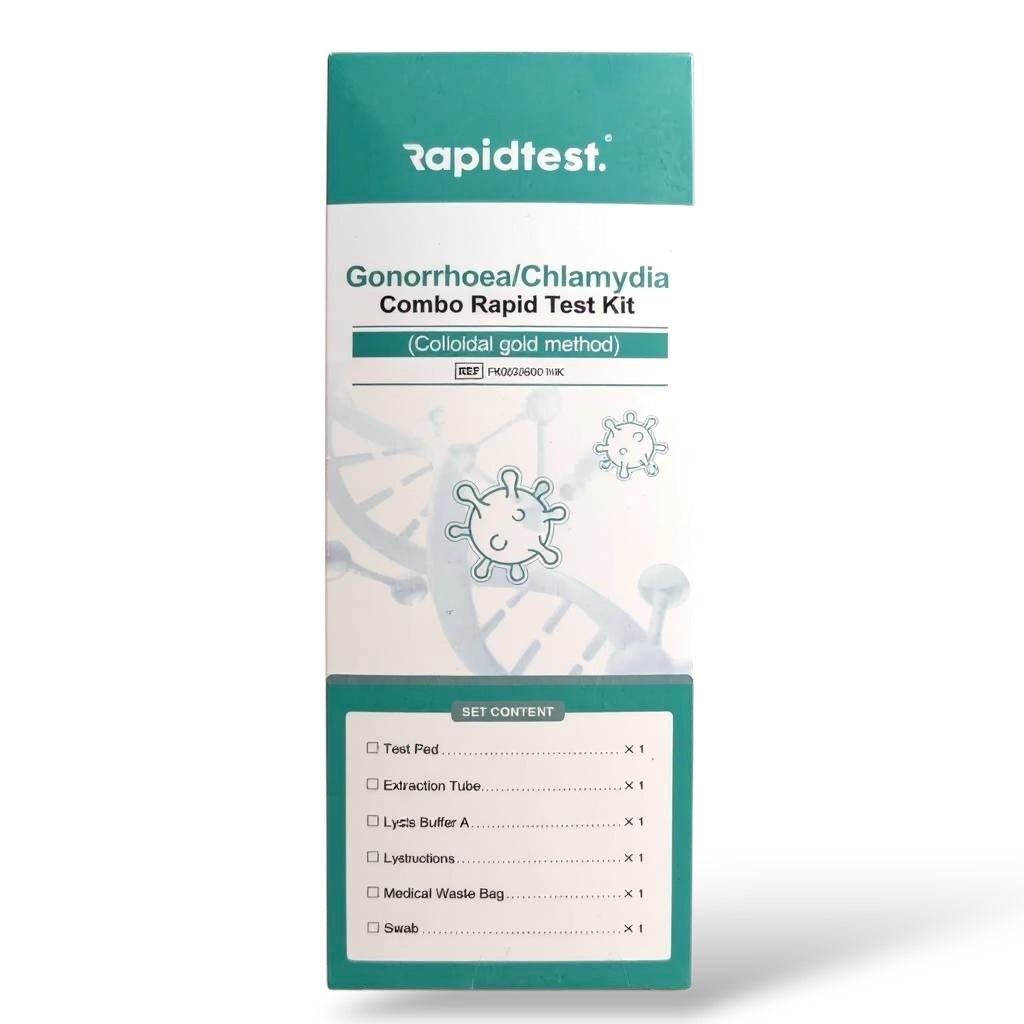
Learn More About Gonorrhea Testing
-

🦠 Can You Have Gonorrhea and Chlamydia at the S...
🧠 Overview You might be surprised to learn that it’s possible — and quite common — to have gonorrhea and chlamydia at the same time. In fact, medical studies show...
🦠 Can You Have Gonorrhea and Chlamydia at the S...
🧠 Overview You might be surprised to learn that it’s possible — and quite common — to have gonorrhea and chlamydia at the same time. In fact, medical studies show...
-
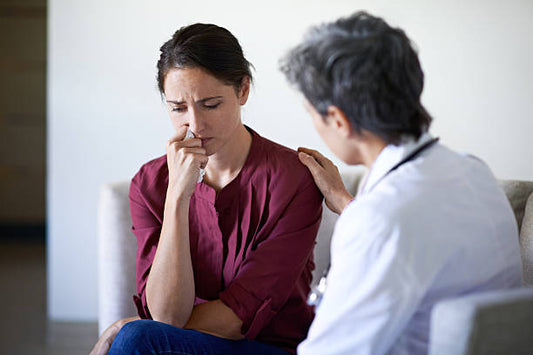
🦠 Gonorrhea Symptoms: Early Signs in Men and Wo...
🧠 Overview Gonorrhea is one of the most common sexually transmitted infections (STIs) worldwide — yet it’s also one of the most misunderstood. Caused by the bacterium Neisseria gonorrhoeae, it...
🦠 Gonorrhea Symptoms: Early Signs in Men and Wo...
🧠 Overview Gonorrhea is one of the most common sexually transmitted infections (STIs) worldwide — yet it’s also one of the most misunderstood. Caused by the bacterium Neisseria gonorrhoeae, it...
FAQs about Gonorrhea
Can I test for gonorrhea at home?
Yes. The Gonorrhea Rapid Test provides accurate results from a simple swab sample in just 15 minutes.
How accurate is the Gonorrhea Rapid Test?
It’s over 99% accurate when used correctly, and CE-marked for home testing.
When should I test for gonorrhea after sex?
The ideal window is 1–2 weeks after potential exposure.
Can I test for other STIs at the same time?
Yes. RapidTest.co offers multi-infection STI panels that test for HIV, Syphilis, and Chlamydia too.
Can gonorrhea go away without treatment?
No. Without antibiotics, the infection can persist and lead to complications.
